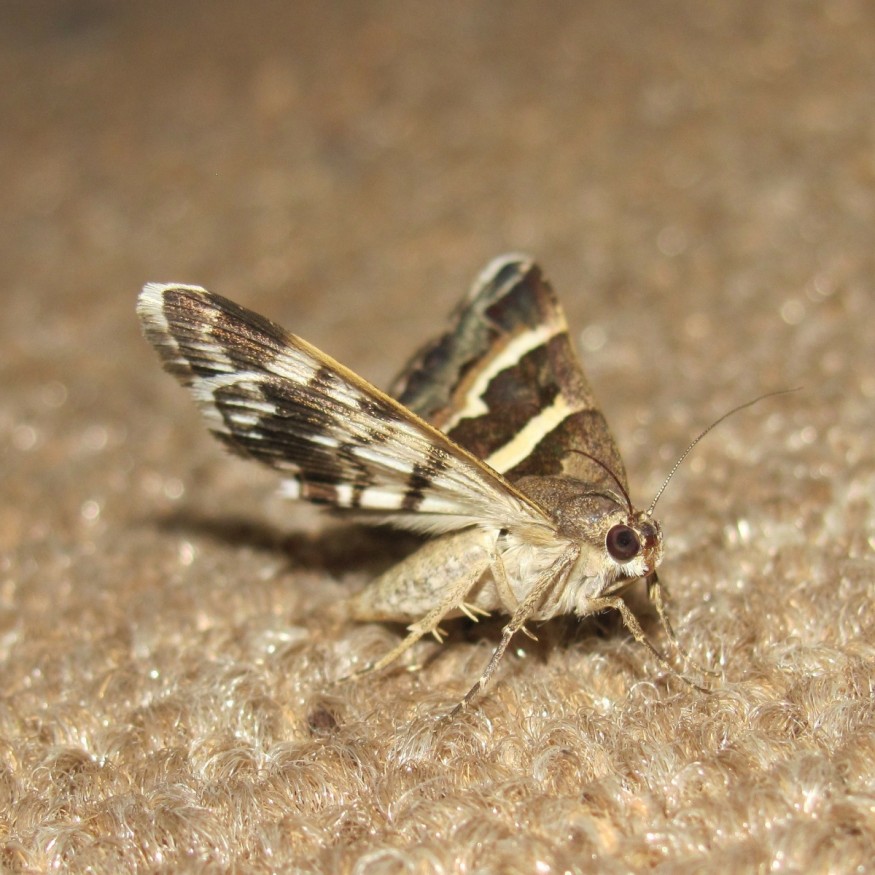Moths destroy carpets, sweaters, and wall insulation. They hide in-between cashmere and female clothes. The moth Tineola bisselliella lay their eggs in the dark corners of the wardrobe. These eggs will soon hatch into destructive invaders.
These insects, like all creatures, undergo a series of life phases when they reproduce, feed, and develop into adults. To know how to deal with them, it is important to understand their lifecycle as this is the first step in knowing if there are an infestation and its severity.

Read: Washington State has a New Pest to Worry About Gypsy Moths
Life Cycle of a Moth
According to Pest Wiki, moths have four stages in their lifecycle: eggs, larva, pupa, adult moth. There is quite a bit to know about these stages that can help to plan out methods in eradicating these insects.
The first stage happens after the moth's mate. The females would lay 40 to 50 eggs within four to 21 days that would hatch into an eating machine larva.
The larva moths typically live for 50 days before wrapping themselves and become a pupa. But before that, these larvae would munch on the fibers of clothes or any woolen materials.
In the pupa stage, the moths would wrap themselves in a silk case sealed with excrement and fiber. While in this stage, they drag their bodies along in their silk turban and is still eating as they go.
Then lastly, they come out of their pupa and become adult moths. They mate and carry on the cycle all over again. Their lifecycle could last up to 65-90 days, with the female adult only live for 30 days but can lay as much as 300 eggs.
Read Also: Check Out this Fancy Pink and Yellow Moth that Appeared on a Woman's Backyard
Tips on How to Kill Moths
When the moths are in the first stage of their lifecycle, they are laid in small groups hidden away in the materials like folds of clothing or soft furnishings. They hatch as larvae that are about one millimeter long but can grow up to 12 millimeters.
The larvae stage is the most destructive stage as they already have mouths that chew on natural material with protein keratin like cashmere, wool, silk, feathers, furs, and leather.
To eradicate them, include cleaning the whole wardrobe in the spring clean schedule. Dry clean the winter coats and woolen garments will help kill eggs and larvae. Empty the wardrobe and before putting the clothes back in, vacuum, wash and treat the wardrobe with a steam cleaner or use a chrysanthemum killer moth spray to kill eggs and larvae.
Meanwhile, adult moths mates and reproduce but do not feed and cause damage to materials. Adult female moths release pheromones that attract the male moths to mate. Most likely, if there are moths fluttering about these moths are male.
Although they do not cause damage directly to materials, their presence is an indication that there is a well-established infestation of moths. To target these adult moths, Moth trap box or moth decoy can be used as both products use the same pheromones that female moths use,
It is best to use tools and methods that are developed specifically for each stage to avoid the growing infestation and target each life stage in an integrated way.
Read More: The adaptive response of Tropical Moths to climate change has led to surprising findings










